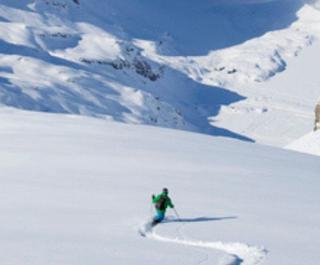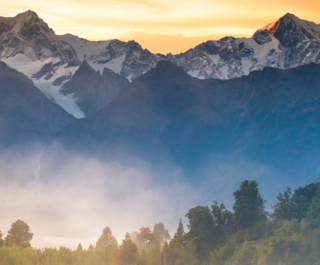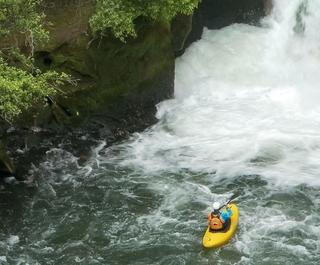
Each year, more than 50,000 people set out to climb Africa’s highest peak, joining a revered tribe of dedicated adventurers. But in the shadow of Mt Kilimanjaro, nestled in the foothills, another tribe reigns supreme.
The Chagga clan, one of more than 260 tribes in Tanzania, has been living in the laidback village of Marangu since the 19th Century, and their descendants, the Bantu people, began migrating to this area along the slopes of Kilimanjaro in the early 11th Century.
The village’s mountain landscape, interlaced with streams and picturesque waterfalls, gave Marangu its name, meaning 'place of water'. More than just a starting point for the mountain's most popular climbing route, Marangu welcomes those who spend more time here with green gorges, fields awash in banana groves and coffee plantations.
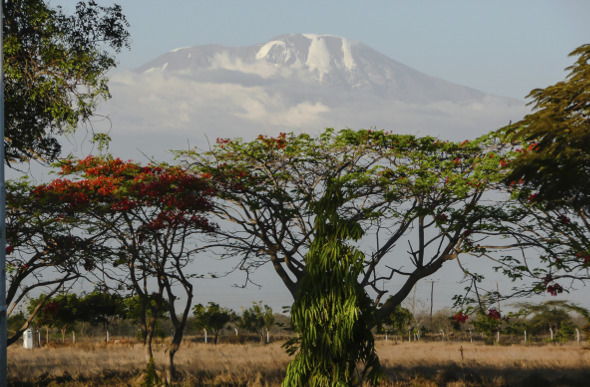 The Chagga tribe live in the foothills of Mt Kilimanjaro. Picture: Getty
The Chagga tribe live in the foothills of Mt Kilimanjaro. Picture: Getty
It also gives insight into a fascinating local lifestyle and culture – an experience that most travellers miss. For those who linger, a cultural tour led by a dedicated guide is the key to discovering Marangu's charms, for beyond its modest, one-road centre, the rest of the village – hidden by swaths of jungle – is difficult to navigate alone.
Personal Tour
We met our guide, Ludovic Tilya, outside the Babylon Lodge, a handsome budget hotel with simple but comfortable rooms set amid lush, tropical gardens, located a short stroll from the centre of town.
The previous night's rains had cleared to reveal glorious blue skies, and we set off on a winding, muddy track that led to the village's forest-fringed back streets. Locals threw curious glances our way; in these lesser-travelled lanes, mzungu (white people) visitors are few and far between.
We weaved in and out of luxuriant banana groves peppered with the odd coffee plant, Royal Poinciana tree (also known as the flamboyant tree due to its flamboyant display of brilliant, flame-red flowers) and yucca.
The latter, Ludovic said, holds spiritual significance for the Chagga people, who also use its leaves for weaving, healing purposes or as a symbolic means of settling disputes (much like offering an olive branch). A smattering of pretty, petite houses peered out from behind manicured gardens, a surprise against the surrounding untamed greenery.
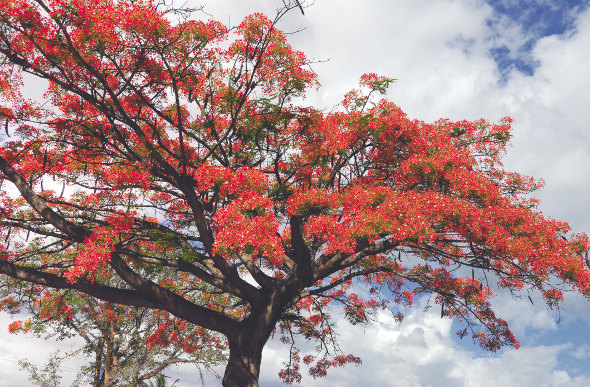 The flamboyant tree holds spiritual significance for the Chagga people. Picture: Getty
The flamboyant tree holds spiritual significance for the Chagga people. Picture: Getty
Rounding a corner, we crossed a clearing, where a trio of young children was playing a game of Ring Around the Rosie. There were shy giggles when they spotted us, but they let their guard down as soon as they saw our cameras, insisting on playing with the dials and scrolling through the pictures we'd taken.
A few steps away was a local primary school where recess had begun, and where boisterous boys and girls in cobalt blue uniforms laughed and chatted excitedly. Happily posing for a few snaps, they jostled for our attention, but stern words from the head teacher sent them running and they disappeared in an instant.
Intoxicating Fruit
Leaving the kids behind, we set off in search of a local banana beer brewer. Bananas are big business in Tanzania – in fact, the succulent yellow fruit is the staple food of the local Chagga people and the twice-weekly Marangu market is the country’s largest for the sale of the regional specialty.
Banana buyers come from all over the country, with local women clad in brightly patterned kangas (cotton wraps) peddling their finest, freshest produce.
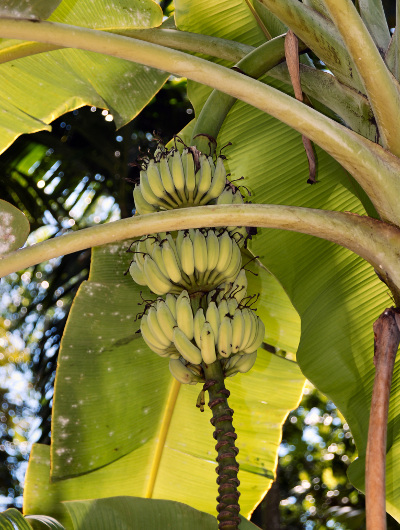 Bananas are big business in Tanzania. Picture: Getty
Bananas are big business in Tanzania. Picture: Getty
We found the 'brewery' – a small, wooden hut set among a banana plantation – deeper in the Marangu jungle. An elderly, heavy-set woman pruned the banana trees, while an enormous cauldron filled with the fruity tipple bubbled over a nearby open fire.
Known locally as mbege, the concoction of millet and bananas is the traditional brew of the Chagga people. With most of the work done by hand without any help from modern technology, its production is a lengthy and labour-intensive process.
The result is a sweet, slightly sour boozy beverage, one that's knocked back at several Chagga festivities, including weddings, births, rites of passage and even wakes. Later in the day, we came across a group of locals gathered at an open-air bar to pay tribute to a deceased loved one, swigging from small buckets to drown their sorrows after the funeral.
Chagga History
While the beloved banana beer is an ever-present feature of contemporary Chagga culture, the open-air Chagga Live Museum offers a glimpse into the tribe’s traditional way of life. The museum’s vast underground cave – a hideout during ancient tribal wars – is a must-see.
Entire Chagga families – up to 60 at any one time – would seek refuge in this elaborate system of narrow tunnels during the Maasai raids, bringing livestock along with them.
For centuries, the rival tribe would steal cattle and take Chagga women and children as slaves, a practice that reached its height in the 19th Century and continued until the mid-20th Century. When we climbed down a rickety ladder into the dark chamber, the smell of damp was overwhelming.
Hop on over to neighbouring Kenya: Kenya, Nairobi and the Masai Mara National Reserve
Wild about wildlife? Inspirational Images Of An African Safari
Natural Charms
Coming up for air, we headed for the approximately 50-metre-tall Ndoro Waterfall, reached after a steep, unnerving walk into a deep gully. Our guide constantly pleaded with us to go 'pole pole', which means 'slowly' in Swahili.
The scenery was a handsome reward for our efforts; the cascade was flanked by towering cliffs blanketed in dense forest, home to the rare Colobus monkey. We cooled off with a quick dip in the rock pool's icy waters and the blistering afternoon sun was quick to warm our shivering bodies when we emerged.
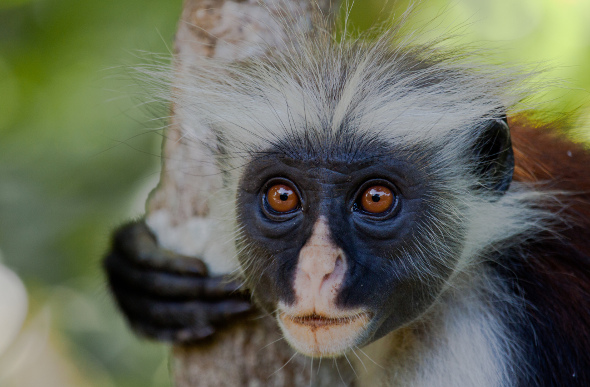 The dense forest is home to the rare Colobus monkey. Picture: Getty
The dense forest is home to the rare Colobus monkey. Picture: Getty
As the sun showed signs of disappearing behind the trees, we began our return trip to the lodge, stumbling upon a choir rehearsal along the way. Standing on the lawn outside a church, about two dozen men and women formed a semi-circle around a conductor; the woman in the centre kept time with a small drum while everyone else stamped their feet in unison.
Our 18-kilometre trek through Marangu was, of course, nothing compared with the Kilimanjaro challenge that draws most travellers to the village. But listening to the choir’s uplifting melodies and perfect harmonies, I realised there was no tribe I’d rather have had the chance to be among.
This article was originally published by BBC Travel.
This article was written by Richelle Harrison Plesse from BBC and was legally licensed through the NewsCred publisher network.


